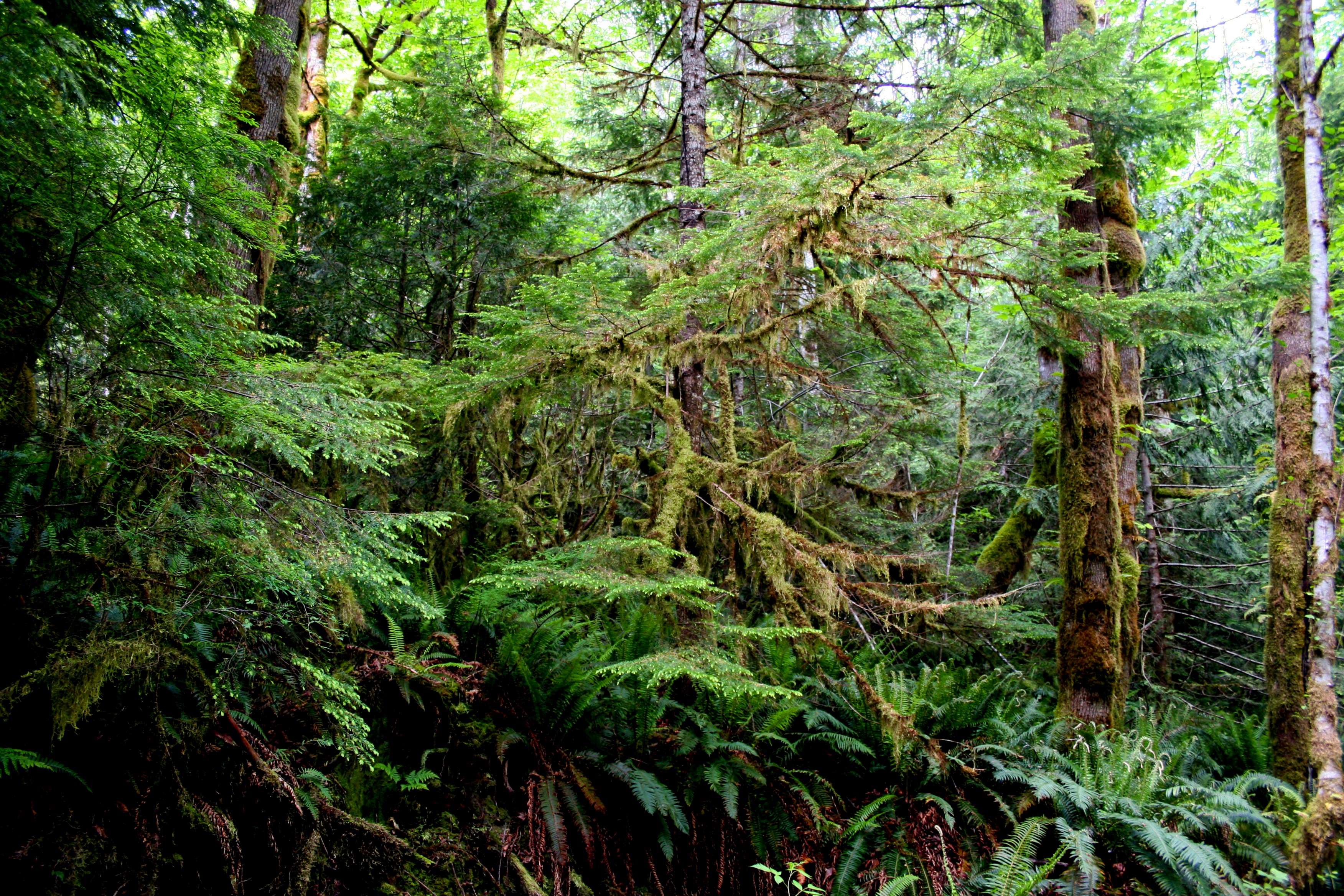Humboldt's flying squirrel on:
[Wikipedia]
[Google]
[Amazon]
Humboldt's flying squirrel (''Glaucomys oregonensis'') is one of three species of the genus '' Glaucomys'', the only flying squirrels found in North America. The squirrel was named after the naturalist
 Humboldt's flying squirrels are found in coniferous and mixed coniferous forests from southern
Humboldt's flying squirrels are found in coniferous and mixed coniferous forests from southern
Alexander von Humboldt
Friedrich Wilhelm Heinrich Alexander von Humboldt (14 September 17696 May 1859) was a German polymath, geographer, naturalist, explorer, and proponent of Romantic philosophy and science. He was the younger brother of the Prussian minister, ...
and California's Humboldt County, which is one of the areas inhabited by the squirrel.
Taxonomy
Using genetic analyses, Arbogast et al. (2017) showed that Humboldt's flying squirrel, previously thought to be conspecific with thenorthern flying squirrel
The northern flying squirrel (''Glaucomys sabrinus'') is one of three species of the genus '' Glaucomys'', the only flying squirrels found in North America.Walker EP, Paradiso JL. 1975. ''Mammals of the World''. Baltimore: Johns Hopkins Universit ...
, was actually a distinct species. The San Bernardino flying squirrel subspecies (''G. o. californicus'') is considered a ''Critically Imperiled Subspecies'' by NatureServe
NatureServe, Inc. is a non-profit organization based in Arlington County, Virginia, US, that provides proprietary wildlife conservation-related data, tools, and services to private and government clients, partner organizations, and the public. Nat ...
.Description
They do not actually fly but glide from tree to tree. They are similar in appearance to the northern flying squirrel, however, they are generally smaller and have darker pelage. They are good gliders but clumsy walkers on the ground.Fluorescence
Under ultraviolet light, females and males of all 3 species of ''Glaucomys'' fluoresce in varying intensities of pink on both dorsal and ventral surfaces. The fluorescence is hypothesized to help the flying squirrels find each other in low light and mimic the plumage of owls to evade predation. This hypothesis has been challenged by Toussaint et al. (2022) who instead suggest that the pink luminescence is a byproduct of the body's waste management. Moreover, these authors argue that it is far from evident that UV illuminating sources that occur naturally are sufficient to elicit luminescence distinguishable from ambient visible light. An ecological role for the pink luminescence is therefore not likely.Diet and behaviour
They feed on a variety of plant material as well as tree sap, fungi, insects, carrion, bird eggs and nestlings. They mostly breed once a year in a cavity lined with lichen or other soft material. Unlike most members of their family, flying squirrels are strictly nocturnal. They nest in the tops of the trees away from the ground and predators.Distribution and habitat
 Humboldt's flying squirrels are found in coniferous and mixed coniferous forests from southern
Humboldt's flying squirrels are found in coniferous and mixed coniferous forests from southern British Columbia
British Columbia (commonly abbreviated as BC) is the westernmost province of Canada, situated between the Pacific Ocean and the Rocky Mountains. It has a diverse geography, with rugged landscapes that include rocky coastlines, sandy beaches, ...
to southern California
California is a state in the Western United States, located along the Pacific Coast. With nearly 39.2million residents across a total area of approximately , it is the most populous U.S. state and the 3rd largest by area. It is also the m ...
. They live in thick coastal forests where there is plenty of room for them to glide from tree to tree. Populations of Humboldt's flying squirrels are more concentrated in old forests where the relatively stable environment allows for fewer offspring in each litter. Matt Weldy, Clinton W Epps, Damon B Lesmeister, Tom Manning, Eric D Forsman, Spatiotemporal dynamics in vital rates of Humboldt’s flying squirrels and Townsend’s chipmunks in a late-successional forest, ''Journal of Mammalogy'', Volume 101, Issue 1, 21 February 2020, Pages 187–198, https://doi.org/10.1093/jmammal/gyz204.
References
{{Taxonbar, from=Q30139134 Glaucomys Squirrel, Humboldt's flying Mammals of Canada Mammals described in 1839 Taxa named by John Bachman